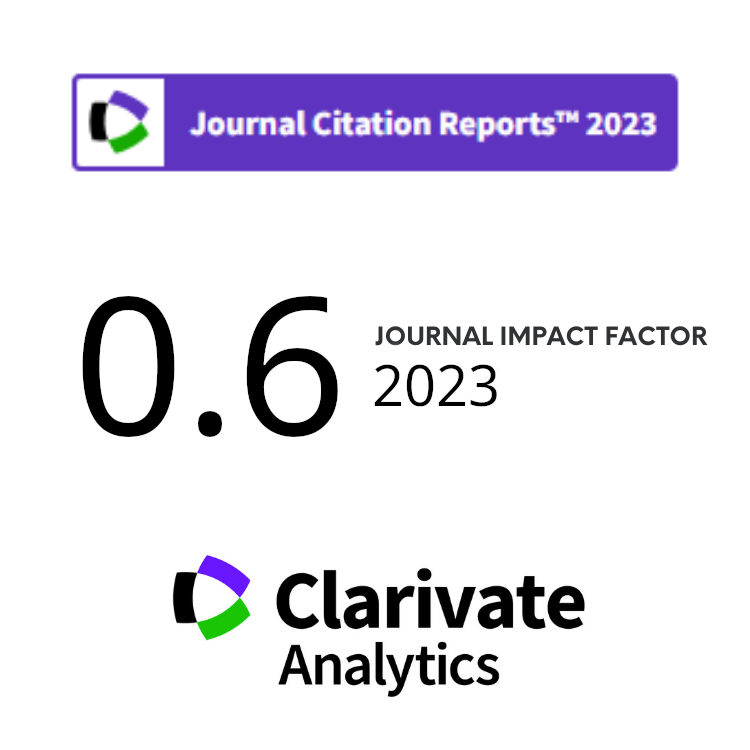A Study on Radiation Hazard of Granite and Marble Widely Used in Jordan Using Gamma Ray Spectrometer
Abstract
Keywords
Full Text:
PDFReferences
H. S. Hamadneh, M. M. Eyadeh, M. J. Abdallah et al., Jordan J. Phys. 10 (2017) 117.
Y. Raghu, A. Chandrasekaran, M. Selvapandiyan et al., Int. J. Mater. Sci. 12 (2017) 335.
M. Wysocka, S. Chalupnik, I. Chmielewska et al., Mine Water Environ. 38 (2019) 581.
M. J. Abdallah, M. M. Eyadeh, H. H. Hamadneh et al., Jordan J. Phys. 12 (2019) 183.
A. N. Akour, Int. J. Phys. Social Sci. 6 (2016) 101.
T. Y. Wais and L. A. Najam, J. Phys. Conf. Ser. 1999 (2021) 012064.
World Health Organization, Fact Sheet No. 291: Radon and Health. https://www.who.int/news-room/fact-sheets/detail/radon-and-health. Retrieved in March (2022).
N. Sharma, J. Singh, S. C. Esakki et al., J. Radiat. Res. Appl. Sci. 9 (2016) 47.
S. Fares, Int. J. Sci. Eng. Res. 7 (2016) 432.
K. Manai, C. Ferchichi, M. Oueslati et al., World J. Nucl. Sci. Technol. 2 (2012) 80.
H. Alshammari, A. Algammidi and A. Algammidi, Open J. Radiol. 7 (2017) 272.
L. Xinwei, W. Lingqing and J. Xiaodan, J. Radioanal. Nucl. Chem. 267 (2006) 669.
DOI: https://doi.org/10.17146/aij.2022.1184
Copyright (c) 2022 Atom Indonesia

This work is licensed under a Creative Commons Attribution-NonCommercial-ShareAlike 4.0 International License.











